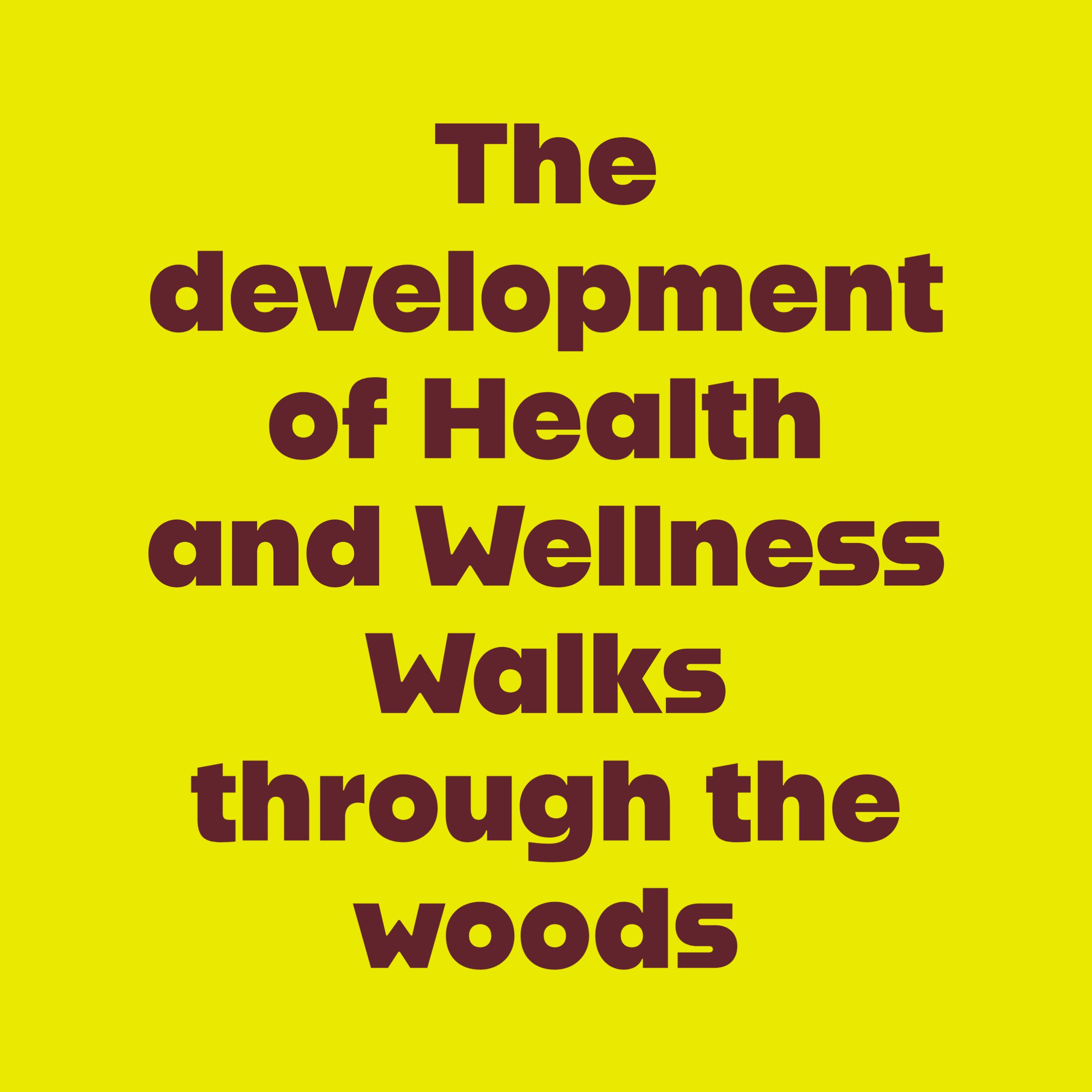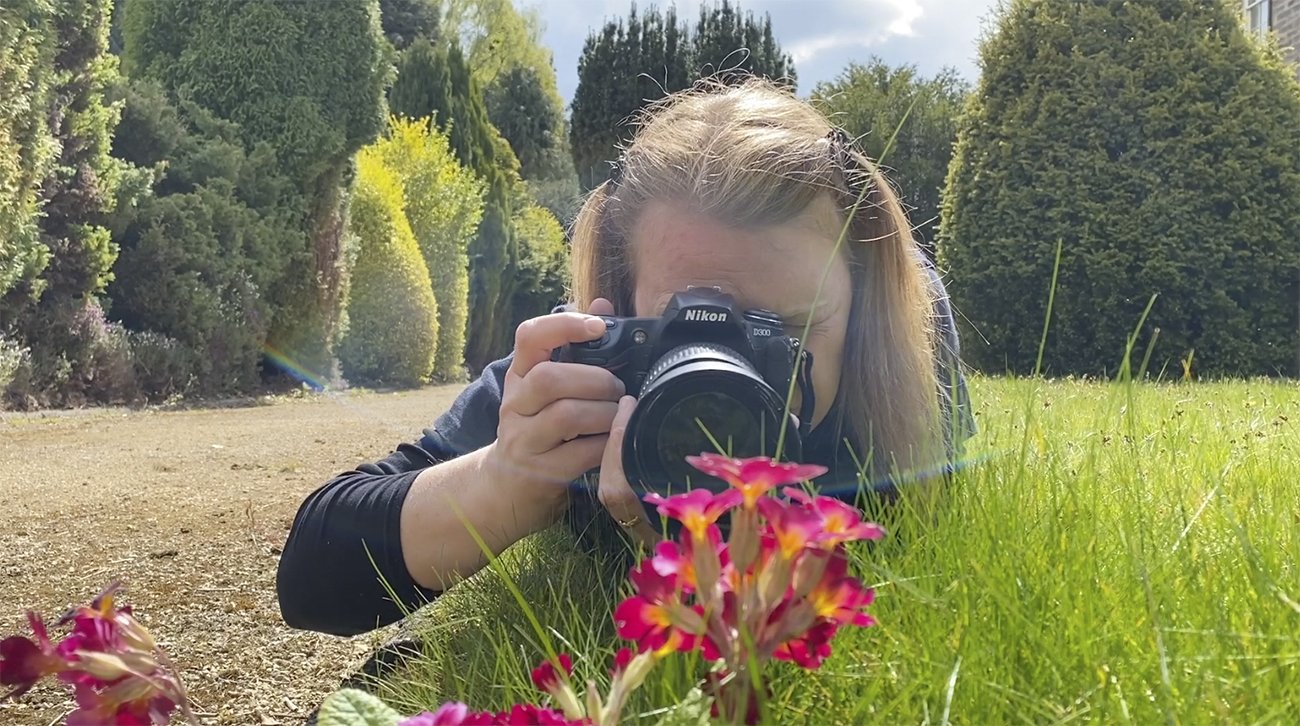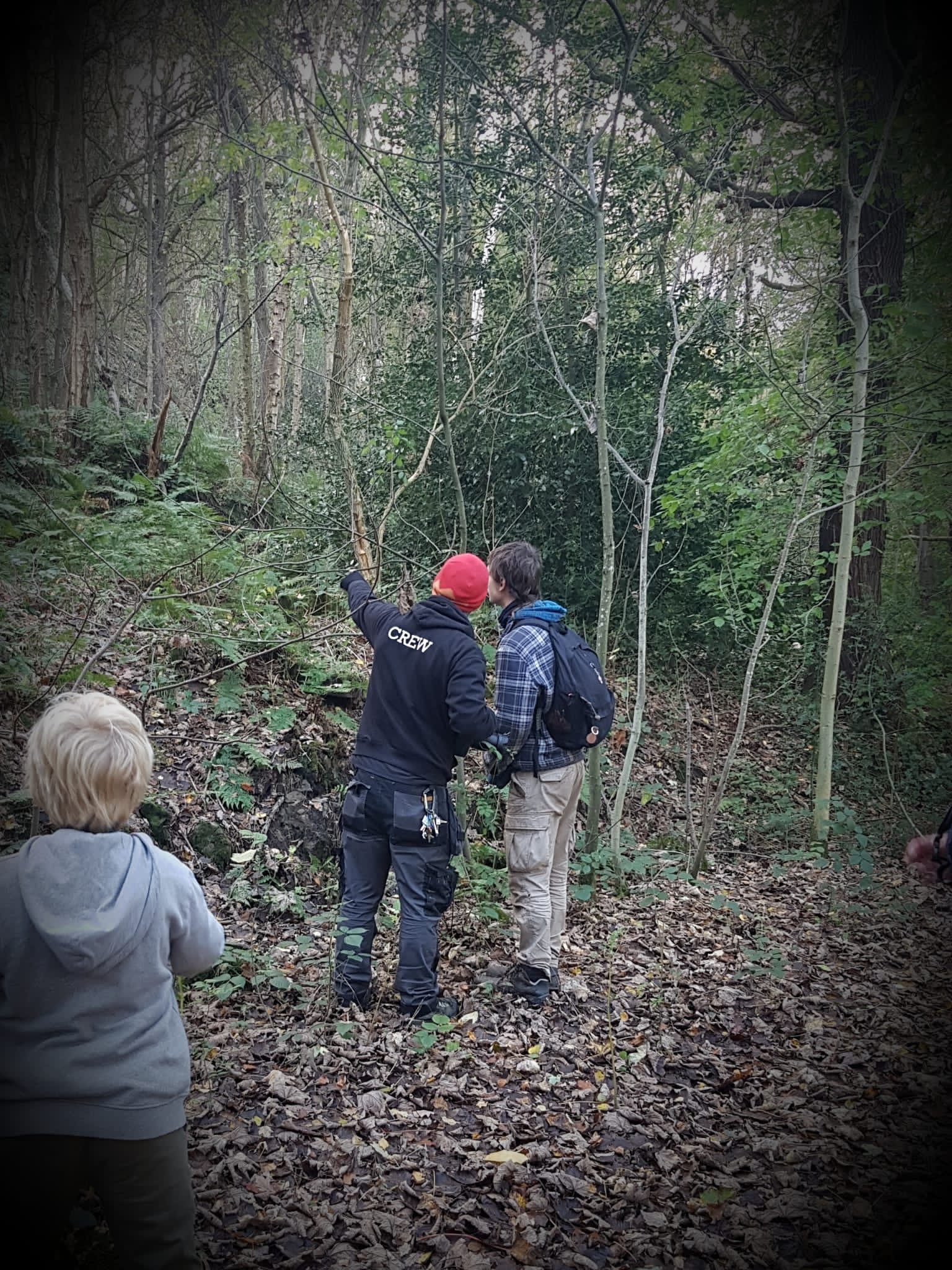esholt
In our exploits to demonstrate the potential to develop Esholt as a health and well being destination for the benefit of communities, lots of opportunities arose for our trainees to develop new skills. Much of this work developed directly out of the work delivered by the Forging Futures trainees which uncovered a wealth of potential across the site. This included:
We want to work more at Nostrop and Esholt on the value of pure nature. The work we are doing is in part for nature but it is more landscaping, more for humans moving through. There are several large projects we could get on with more as nature reserves and get more young people into understanding pure nature, rather than reaffirming those values that people in towns and cities have that things should be human focused first and everything else is secondary.
I am working with some of the original group on a habitat survey of all the bank side from River Lock down to Thwaites Mill. They did an original one for construction in 2003 - published in 2006. We want to see how many of the promises have been kept and what is still left to do.” John
Volunteers, trainees, staff and mini crew members have all been involved in the work at Esholt. The extent of potential within the site has something to offer everyone and it has therefore begun to bring all our team and projects together.
One of our mini crew members (8 years old) has explored the site regularly over the last twelve months, working alongside volunteers and staff as a Research Assistant and Documentary Photographer, capturing the changing landscape, documenting tours and research trips with new visitors and producing images and videos for the Effluent To Affluent Programme (E2A).
The concept of bringing elements, people and skills from across our range of projects together was encapsulated through our work with The Ribble, a traditional Leeds and Liverpool canal working boat and is demonstrated through the film ‘Bouncing Back.”
“Bouncing Back” documents a mile canal boat journey that spans over two centuries of post industrial heritage, encapsulating over 25 years of knowledge informed through expeditionary learning, capturing the transition from beneficiary through trainee and volunteering to staff members. Introducing three generations of family members working together to create a platform to seamlessly reverse roles of teacher and learning, dependant on the task being performed.
Electing not to use the iconic Bingley Five Rise Lock, we chose the stretch of canal connecting Dobson Locks Two Rise and Field Locks Three Rise as a working canvas. It dissects Esholt Waste Water Treatment Plant. Esholt Hall, a Grade Two listed 16th century Queen Anne Style Mansion House which sits at the site of this Yorkshire Water flagship site, being protected from the industrialisation which brought about the demise of the country estate. This location connecting Bradford and Leeds whose economic growth was fuelled by the waterways created by the invention and entrepreneurship of the canal founders is bounded by communities created by the same waterways but now suffering from the subsequent loss of industry and employment which it brought.
The Ribble started its life 90 year ago carrying sugar, coal and freight to and from Liverpool. Its working life was changed to become a restaurant boat in London before being lovingly restored by its new owners David and Margaret Poole, to its former glory. Despite only being a decade younger than the boat themselves, they have a vision to use the boat to enable young people to learn the traditional craftsmanship and skills of the original workers; Margaret wanting to ensure the important role of women in that story is not lost.
Bouncing back: Putting people at the heart of the waterways. Enabling disproportionally impacted people and communities, not only through the centuries but significantly through the pandemic, the support to help them bounce back.

















































